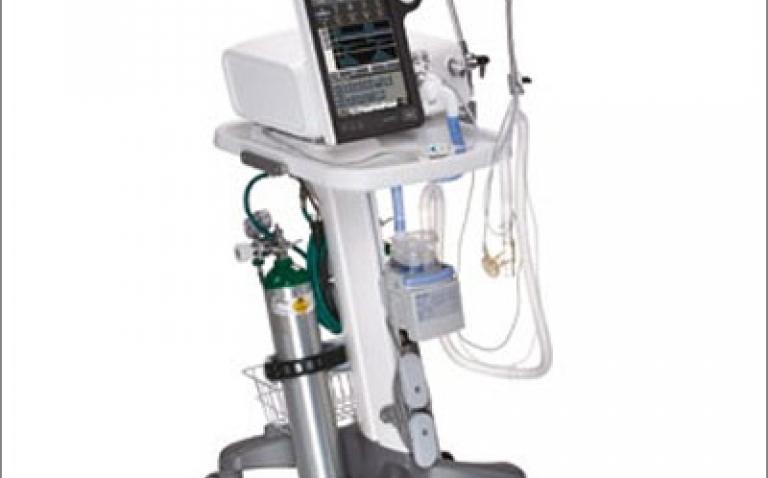Royal Philips has announced the European launch of the V680 ventilator for hospital respiratory care, offering both invasive and non-invasive ventilation.
The solution is designed for smoother transition from ventilation to natural breathing, and helps enhance patient care and minimise ventilator associated infection rates. The V680 ventilator joins Philips’ existing portfolio of patient-centred hospital respiratory care solutions designed in consultation with clinicians, to deliver higher quality and comfortable care at lower cost.
“To ensure optimum respiratory care and a reduction in asynchrony, ventilators must be safe, effective, easy to apply and adapt to a patients’ changing condition”, commented Professor F. Javier Belda, Head of the Department of Anaesthesia and Critical Care, University of Valencia, Spain. “The V680 offers integrated invasive and noninvasive ventilation modes as well as flexible mask options. This helps my team facilitate quick therapy transitions and keeps our patients as comfortable as possible – while its clinically proven safety record is reassuring.”
“In respiratory healthcare we strive to advance our technologies to improve patient comfort and care beyond traditional mechanical ventilation”, says Arne Cohrs, Sales and Marketing Director, Therapeutic Care, Patient Care and Monitoring Solutions, Philips Healthcare EMEA. “The V680 ventilator has been developed in partnership with physicians, leading to customised technology that can be simply and quickly adjusted to respond to patient needs. Our goal is to speed the time to non-invasive ventilation, ultimately reducing hospital stays and associated cost burden.”
Non-invasive ventilation (NIV) has become a standard of care for the management of acute respiratory failure, but there is a risk of leaks around the mask that may interfere with ventilator performance. As a result, patient-ventilator asynchrony, defined as a mismatch between patient’s inspiratory time and the ventilator insufflation time, occurs in nearly 25% of intubated patients.1 These high rates of asynchrony are associated with a higher incidence of weaning failure and tracheostomy, prolonged mechanical ventilation, fatigue, increased sedation needs and longer hospital stays.1
A recent study to compare patient-ventilator synchrony during NIV between ICU, transport and dedicated NIV ventilators, found the use of a NIV ventilator on critically ill patients led to a significant decrease in the incidence of patient-ventilator asynchrony.2 Moreover, dedicated NIV ventilators exhibited more standardised behaviour during the investigation, with an ability to avoid auto-triggering or delayed cycling while keeping a short triggering delay despite the presence of leaks.2
The Philips V680 Ventilator will be available in several European markets by early 2015.
References:
- Bitando et al. Patient-ventilator asynchrony during conventional or automated pressure support ventilation in difficult-to-wean patients. Critical Care 2012, 16(Suppl 1):P126
- Carteaux et al. Patient-Ventilator Asynchrony During Noninvasive Ventilitation. Chest 2012; 142(2): p. 367-376.









